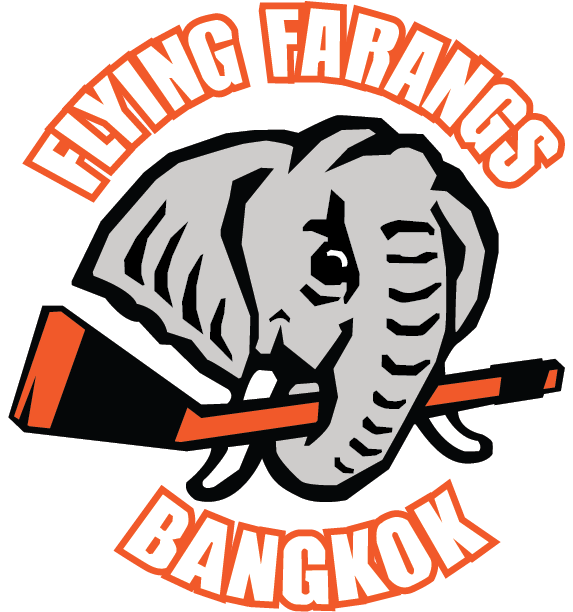| Hello to all SHL players and fans, I know many of you have been waiting for an update on the future of the SHL, and I appreciate your patience. The SHL is pleased to announce that the 2022-2023 season will begin in the coming months. While we don’t have an official start date, we are looking at conducting the draft in early to mid-September. Our plan is to then have the opening faceoff in late September or early October. We are also excited to report that we have secured 4 great sponsors, and will provide thoise in an upcoming communication. As most of you know, the new rink has opened and the SHL is proud to call it our new home. https://goo.gl/maps/TwL5sFFhky3RgNaq5 As the start dates are fast approaching, we need to first get an idea as to the number of players interested in joining the coming season. Below you will see a link to a questionnaire. All players that are interested in playing in the 2022 2023 season are required to fill this out. The deadline date is August 15. Please provide this to anybody else you know who wants to play, we will also have a link on all SHL social media accounts. https://siamhockeyleague.com/2022-2023-shl-league-registration/ I am very much looking forward to the coming season, and thank all of you for your patience and your support. |
| Thank you, John Schachnovsky President Siam Hockey League |













